As the sun reaches its highest point in the sky and the days stretch long into warm, golden evenings, the summer solstice marks a moment of celebration, reflection, and connection with nature. It’s one of the oldest seasonal festivals in human history, celebrated for thousands of years by cultures around the world.
Across ancient Britain, Scandinavia, and much of Europe, midsummer was a sacred time to honour the sun’s life-giving power, encourage fertility, and give thanks for the earth’s abundance. Bonfires were lit, feasts and tales were shared, and people gathered in forests, fields, and sacred stone circles to mark the year’s turning point. And at the heart of many of these gatherings was mead, which traditionally paired well with roast Auroch and tall tales of hunting mammoth.
Mead is believed to be the world’s oldest known alcoholic drink, with origins dating back over 9,000 years and beyond. Archaeological evidence of fermented honey drinks has been found in ancient Chinese pottery, Viking burial sites, and Celtic ritual remains across the British Isles. In pagan Europe, honey was viewed as a sacred substance, created by bees and blessed by the gods. Mead, made by fermenting honey with water, seen as a gift from nature and a symbol of prosperity, vitality, and joy. It has featured in ceremonies, weddings, and seasonal festivals, including the midsummer solstice, ever since.
In Norse mythology, mead was known as the ‘nectar of the gods.’ It was believed to bestow wisdom, strength, and poetic inspiration upon those who drank it, and we can assure you, it still does to this day. Ancient Celts and Anglo-Saxons raised goblets of mead during their midsummer rites, offering toasts to the sun and to the land in the hopes of a fruitful harvest. Mead was thought to carry the warmth of the sun and the sweetness of summer within it, making it a perfect ritual drink for the longest day of the year.
That deep connection to nature and the seasons still makes mead the only authentic drink for proper solstice celebrations today. Made from natural ingredients, mead is rooted in the very essence of place and time as it is a product of landscape, nature and the cycles of the natural world.
Many modern meads such as our range of sparkling meads are light, floral and often infused with fruit extracts, ideal for sipping outdoors on balmy evenings. Whether you favour traditional honeyed meads or newer variations infused with herbs, spices, and berries, there’s a mead to suit every midsummer gathering.
As you can see, mead is wonderfully versatile. It can be served chilled in wine glasses, gently warmed for toasts around a bonfire, or mixed into easy, refreshing cocktails. Try a simple Solstice Honey Breeze with traditional mead, elderflower cordial, soda water, and fresh mint. Or mix up a sparkling mead spritz with mead mixed with tonic water and a dash of rosemary bitters over ice. This absolutely must be served in the centre of your nearest stone circle.
Mead pairs beautifully with summer dishes like charcuterie boards, grilled meats, (preferably boar or auroch) fresh strawberries, and tangy cheeses, perfect fare for a solstice picnic or garden party.
So as you gather this midsummer, whether you’re watching the sunrise at an ancient stone circle, lighting a small backyard bonfire, or sharing a toast with friends as the sun sets, when you raise a glass of mead you will be continuing a tradition that has been alive for thousands of years, following in the steps of those who went before us as they mark the passing seasons.
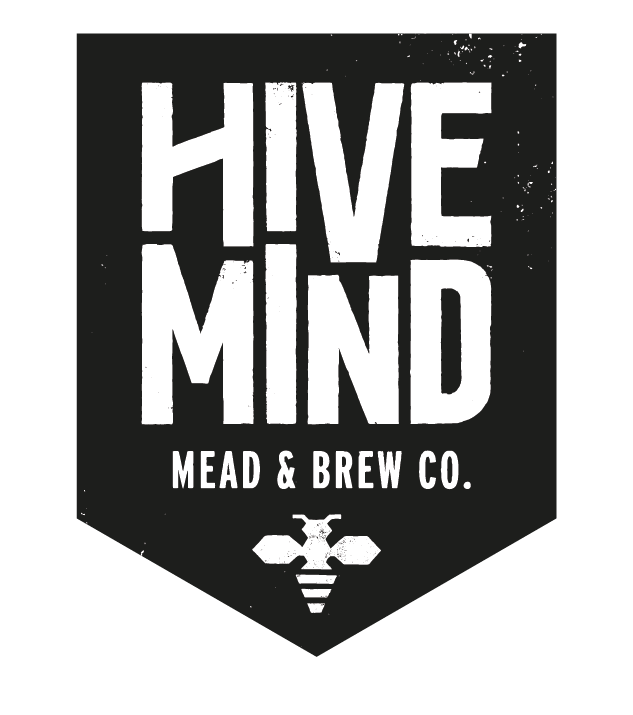
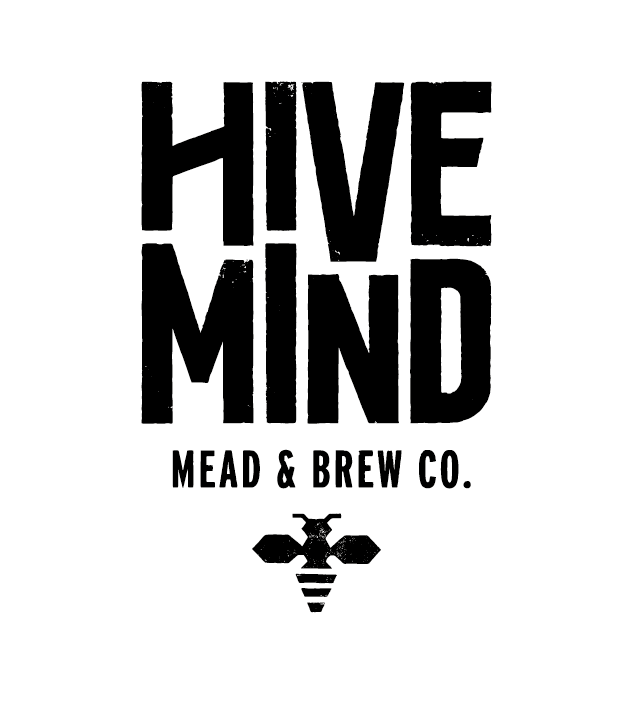
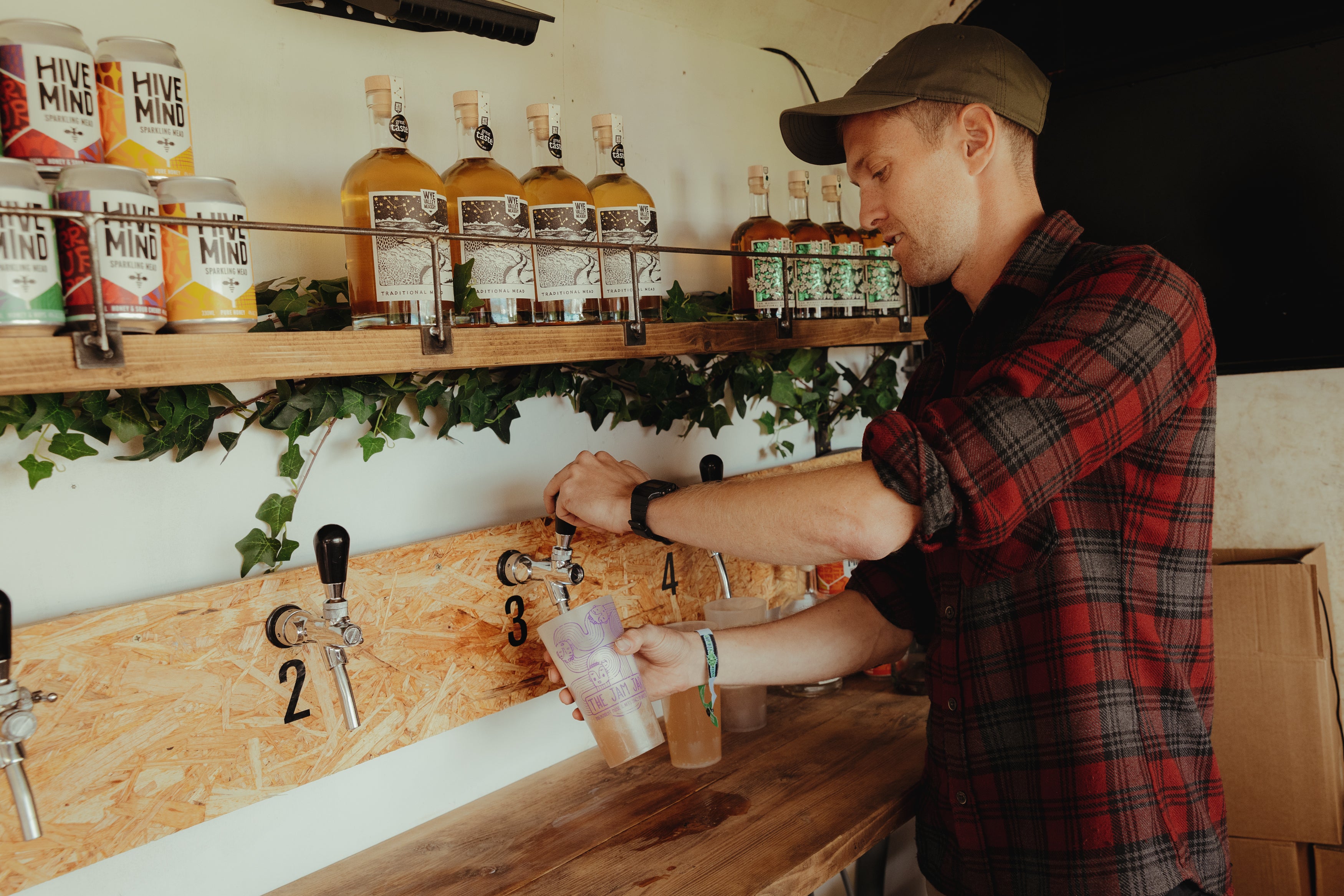
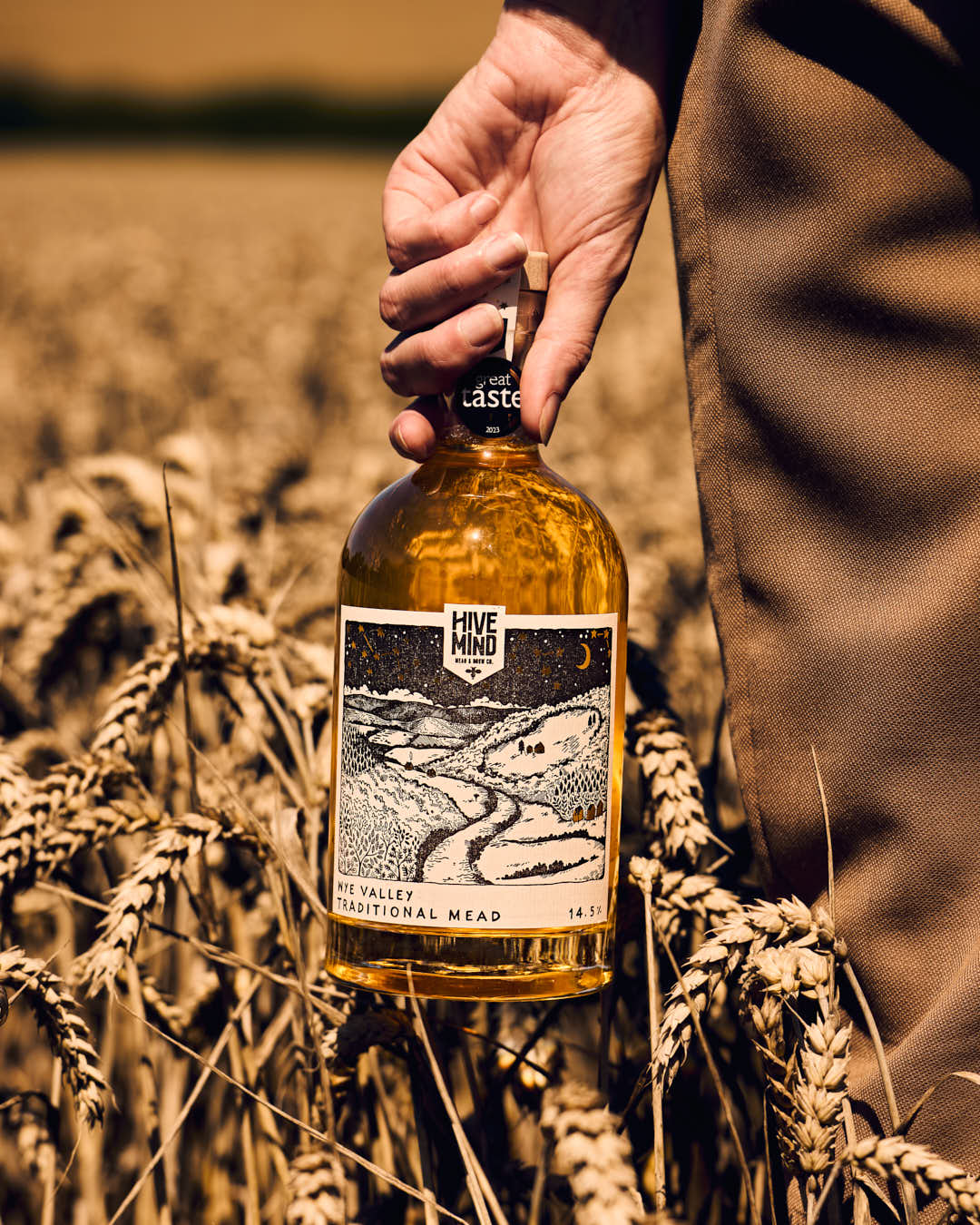

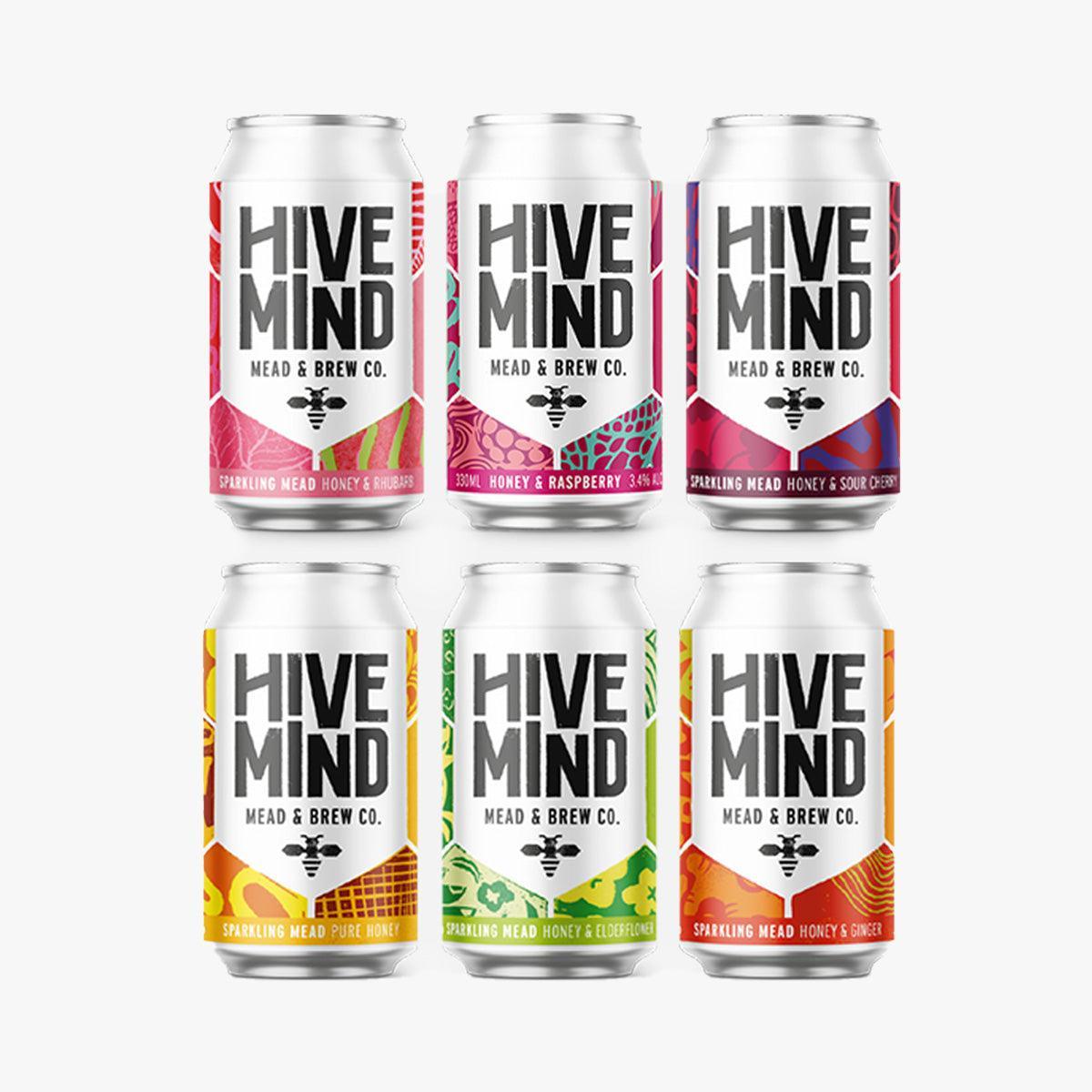
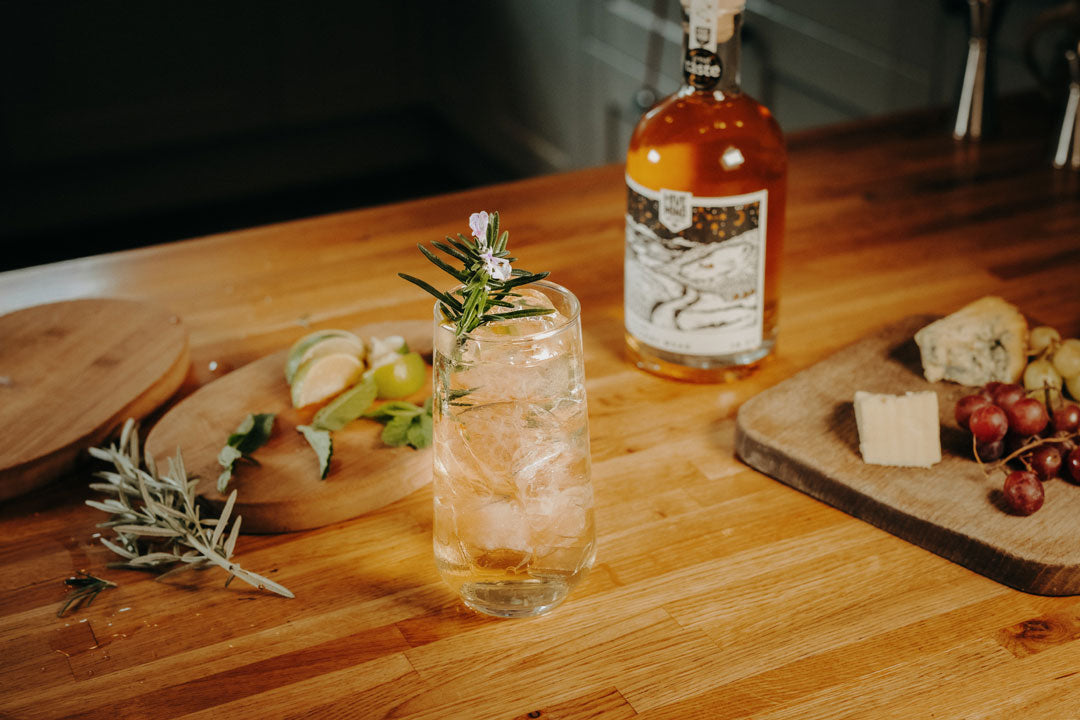
Share: